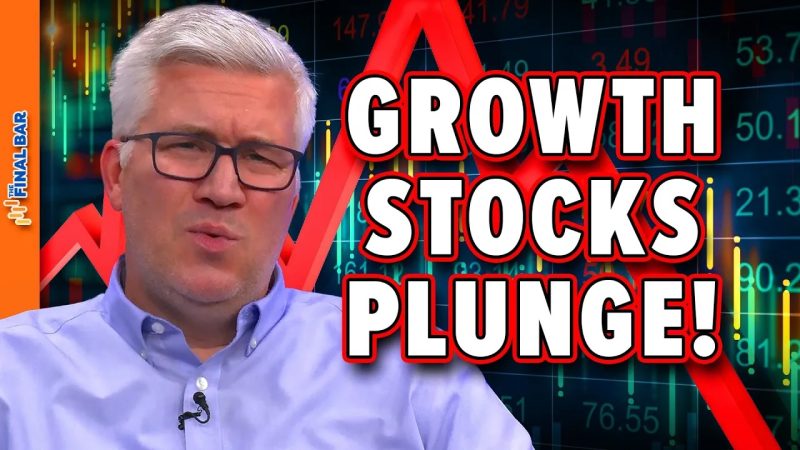The recent upheavals in the stock market have sent shockwaves throughout the investment community, particularly among investors who have heavily leaned into growth stocks. The significant plunge in growth stocks has triggered a series of events, ultimately leading to the S&P 500 breaking a key trendline. This development has caused anxiety and uncertainty among market participants, prompting many to reconsider their investment strategies and risk exposure.
One of the primary drivers behind the steep decline in growth stocks is the persistent rise in inflation and subsequent expectations of interest rate hikes by the Federal Reserve. The prospect of higher borrowing costs has put pressure on companies that heavily rely on cheap capital to fund their growth initiatives. This has led investors to reevaluate the valuations of high-growth companies, which has directly contributed to the broader selloff in growth stocks.
Additionally, concerns surrounding the regulatory environment have amplified the sell-off in growth stocks. Tech giants and other high-growth companies have come under increased scrutiny from regulators globally, leading to fears of potential regulatory actions that could impact their business operations and future growth prospects. The uncertainty surrounding regulatory outcomes has further fueled market volatility and driven investors to offload riskier assets in favor of more stable investments.
The break of the key trendline in the S&P 500 is significant as it signals a potential shift in market sentiment and investor behavior. Technical analysts often view trendline breaks as a signal of a changing trend, which could translate into more downside risk for equities in the near term. The breach of this critical support level has raised concerns about the broader market’s resilience and ability to weather the current storm of macroeconomic headwinds.
As investors navigate these turbulent market conditions, a prudent approach would be to reassess portfolio allocations and risk exposure. Diversification across asset classes and sectors can help mitigate downside risk and provide a cushion against market volatility. Investors may also consider adopting a defensive stance by rotating into more defensive sectors that tend to outperform during economic downturns.
In conclusion, the recent plunge in growth stocks and the break of a key trendline in the S&P 500 underscore the challenges and uncertainties facing investors in today’s market environment. By staying vigilant, diversified, and adaptive, investors can navigate the current market turbulence and position themselves for long-term success.
